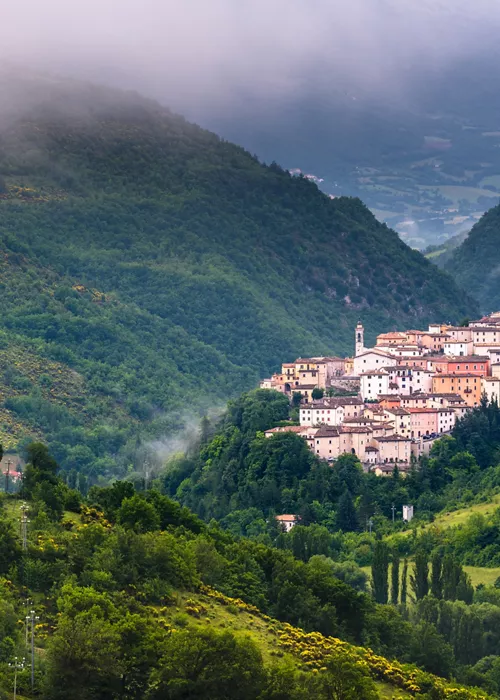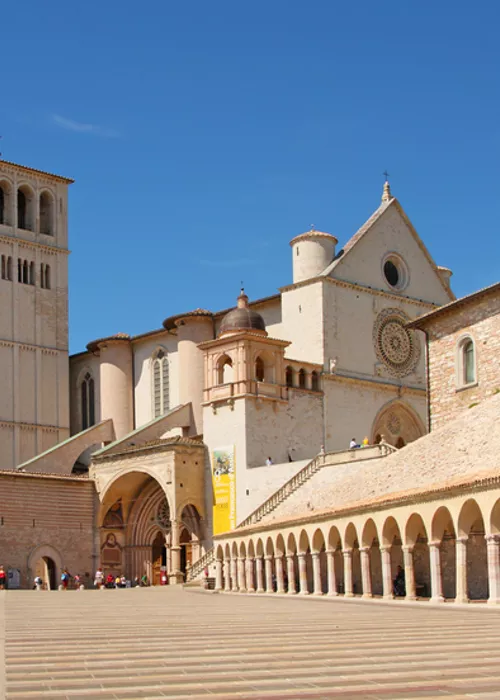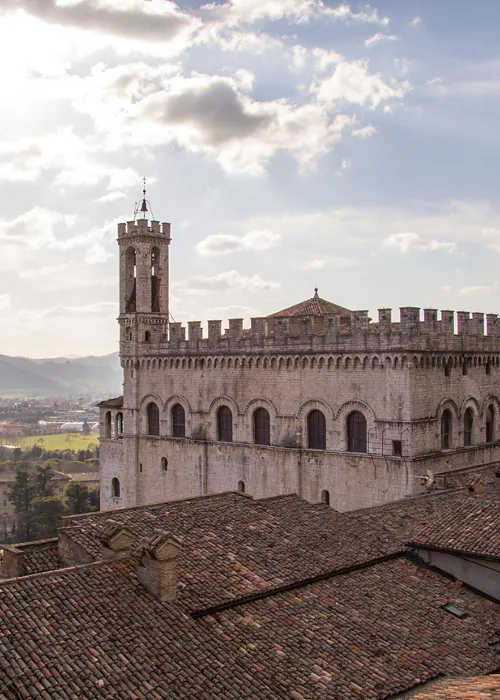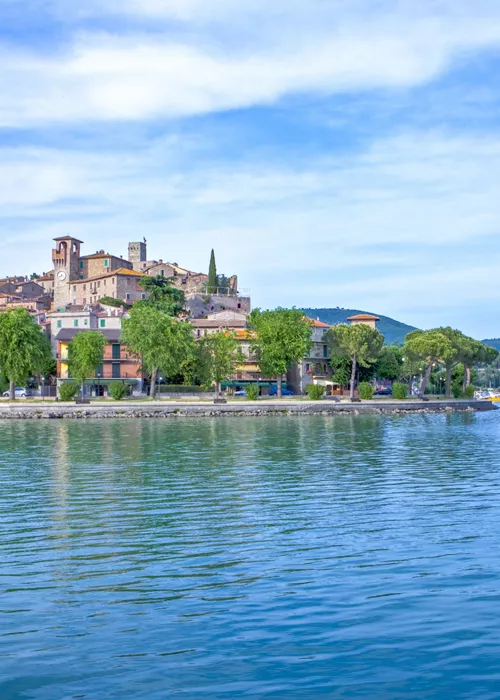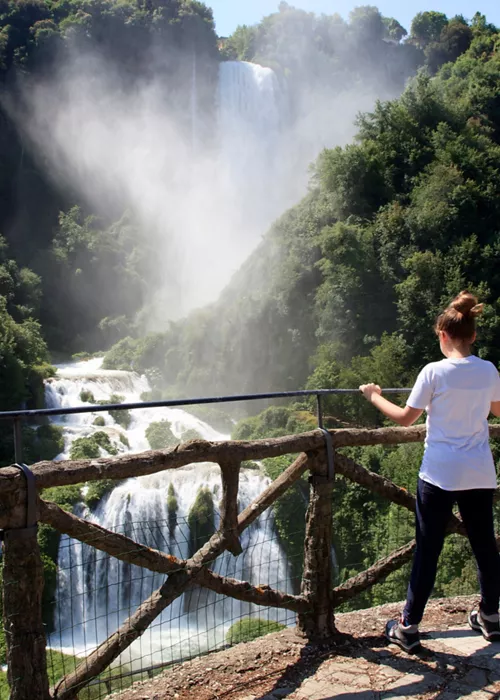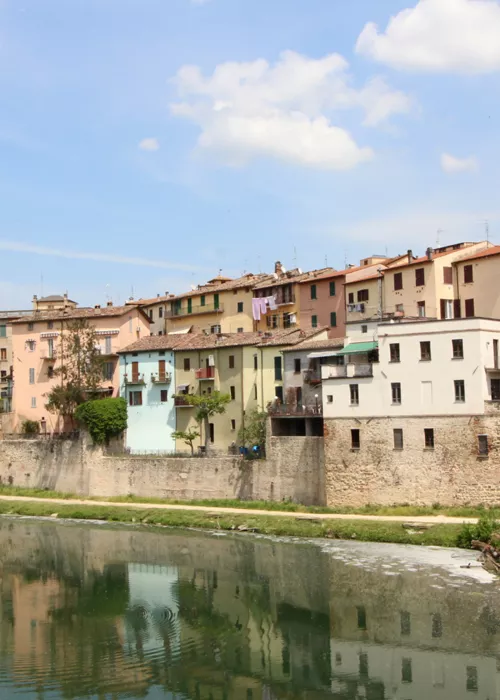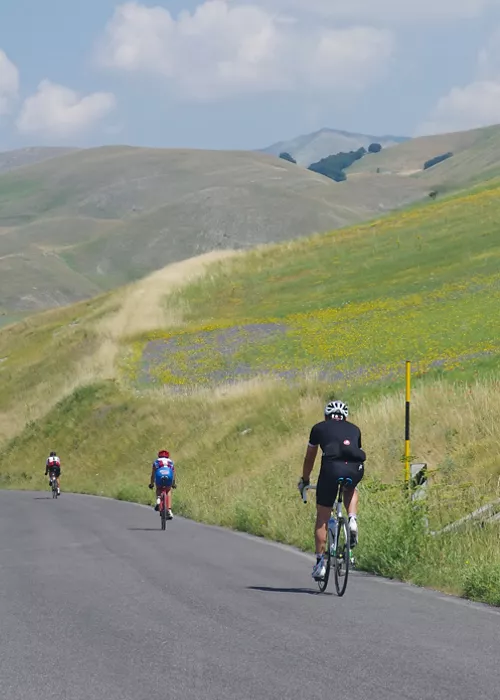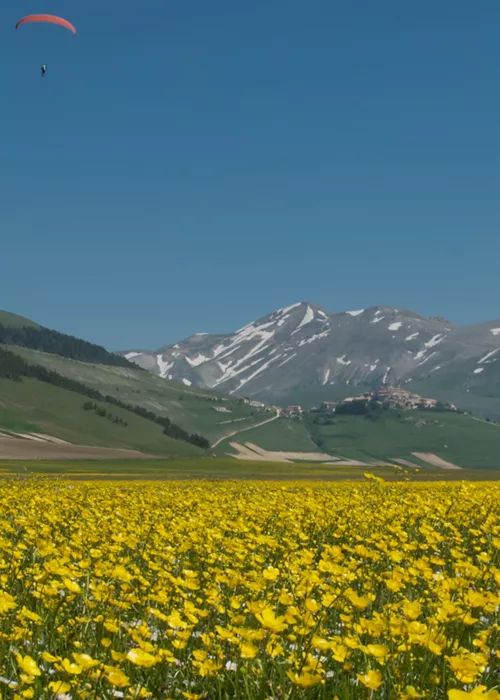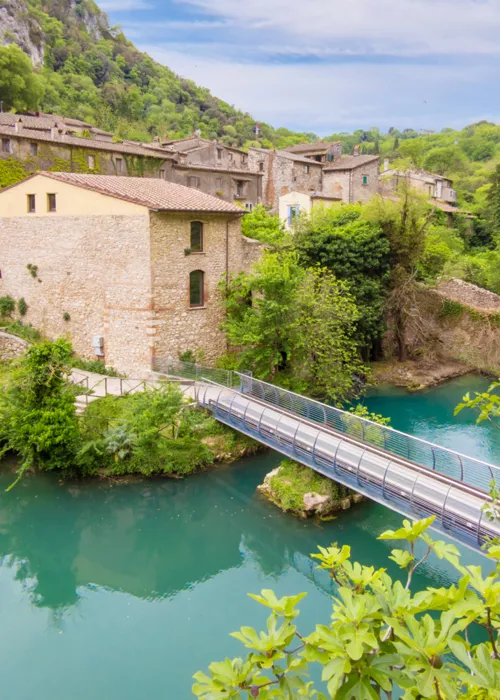Non Southern Umbria and the Villages of Stroncone, Arrone and Calvi dell’Umbria
10 minutes

Nestled between the Apennine Mountains, and the regions of Tuscany, Lazio and Marche, Umbria is one of the smallest and least known Italian regions outside of Italy.
It is named after the ancient Umbri tribe who dominated the area from around 1,000 BC, and it has had a number of civilisations, including the Etruscans and Romans, leave their mark in the region.
Despite being one of the smallest regions in Italy, Umbria is blessed with a large number of medieval hill towns.
The ever changing regional borders and the constant invasions and power struggles, resulted in a large number of towns and villages built on hilltops. These beautiful hill towns were often surrounded by thick defensive walls, often built as fortresses to protect themselves from foreign invaders.
And Southern Umbria is awash with these small but impressive fortress villages. Here are three that I visited in my time exploring the Green Heart of Italy.

As I continued wandering around, eventually, I found myself in front of the Palazzo Comunale or Town Hall, an imposing building originally built in the 13th century but altered multiple times since. The views from the Piazzetta della Torre in front of the Town Hall over the lush Umbrian countryside are truly spectacular.
Near the Town Hall is the Church Collegiate of San Nicolò, with its distinctive bell tower and 17th and 18th-century frescoes inside.

Stroncone is a place of magic, and as you wander through its maze-like streets, you sense the fierce independence this town has developed. It’s very easy to lose your bearings as you twist and turn walking through steep steps and under hidden ancient gates and arches.
With so much character tightly packed in a small number of streets, it’s really surprising Stroncone still remains so off the beaten path. It’s a true hidden gem in Umbria, a region full of hidden gems waiting to be discovered.
If you are a foodie, one thing that you must try in Stroncone is the black truffle of Umbria. Umbria is the largest producer of black truffles in Italy and the best place to try them is the Nera River area, where they thrive. Try it with a plate of pasta such as ciriole al tartufo.
For festival lovers, Stroncone celebrates the Chestnut Festival (Festa della Castagna) every October. The festival is a real feast, with roasted chestnuts on offer as well as other chestnut based products and sweets.
Top 5 things not to miss
- Oratorio di San Giovanni Decollato
- Palazzo Comunale (Town Hall)
- Fountain in Piazza della Libertà
- Views from Piazza della Torre over the Umbria and Lazio countryside
- Try the highly prized black truffle of Umbria
Arrone, art, culture and waterfalls

Located in the heart of the Valnerina, the valley of the River Nera, Arrone is a fortified village built on top of a craggy rock in the 9th century. The village owes its name to the Arroni family, a Roman noble family that escaped the devastation of the Saracens and Hungarians.
This charming medieval village is part of the network of the most beautiful villages in Italy (I Borghi più Belli d’Italia). It is divided into two areas, the upper and older part, known as “La Terra”, which is where the original feudal castle is, and the Rione Santa Maria, which is the area that connects the castle to Mount Arrone.
In order to reach the older part of Arrone, you have to climb up a set of steep cobblestones that have the most spectacular views over the Apennine Mountains, and the hilltop villages of Montefranco and Casteldilago.
But before I set off up the hill, I stopped for a visit to the Church of Santa Maria Assunta at the bottom of the village. Inside this 15th-century church I found beautiful 16th and 17th-century frescoes, inspired by the works of the great Renaissance painter Filippo Lippi.

Winding tiny alleyways led me to the higher part of the village, the castle area enclosed by ancient walls. Within these walls we find the Church of San Giovanni Battista, a modest gothic building from the 13th-14th century, home to a set of very impressive 15th-century frescoes. These frescoes were commissioned by local families to protect them from diseases and misfortunes.
The highest point of the village is the Torre Civica, a square clock tower and the only remaining building from the fortress built by the Arroni family. The tower is known as the Torre degli Ulivi (Olive Tree Tower) because of the ancient olive tree growing on top of it, and it has become the symbol of Arrone.

Arrone is located within the Nera River Park, very close to the Marmore Waterfalls, one of the most popular attractions in Umbria, and a very impressive sight. So I had to stop here for a visit.
The Marmore Waterfalls were built by the Romans in the 3rd century BC to drain the marshes above the River Nera, and are a true feat of engineering.
The biggest waterfall is 165 metres high, and it’s the tallest man-made waterfall in the world. It is created by the water of the River Velino flowing into the River Nera, forming a number of waterfalls at different levels along the way.
There are several trails that you can follow within the park with viewpoints along the way so you can admire the waterfalls’ different tiers. My recommendation would be to spend at least half a day here, walking along trails 1, 2, 3 and 4 for the best views and angles of the falls.
The water has been used to generate hydroelectric power since the 19th century, so the water flow is controlled by being ‘turned on and off’ everyday in order to generate energy. Time your visit for when it opens to see the flow at its peak - from 12pm to 1pm, and again from 4pm to 5pm.
Top 5 things not to miss
- Church of Santa Maria Assunta
- Medieval Frescoes in the Church of San Giovanni Battista
- Views from ‘La Terra’ of Montefranco and Casteldilago
- Torre Civica or Torre degli Ulivi
- Marmore Waterfalls
Calvi dell’Umbria, an unlikely open air art gallery

Calvi dell’Umbria is another true hidden gem, not only in Italy, but in Umbria too. This quaint hilltop village is truly off the tourist trail, and its narrow and winding streets hide a little secret waiting to be discovered.
Located very close to the border with Lazio, Calvi dell’Umbria is a medieval village with origins that date back to the Bronze Age, although the first mention of it is from the 9th century.
I entered the village through the arch of Porta da Capo, to be greeted by the beautiful Piazza Mazzini, the beating heart of Calvi. The piazza is dominated by the churches of Sant’Antonio and Santa Brigida, which share the same façade.
The Oratory of Sant’Antonio is home to the famous Monumental Nativity Scene. This impressive piece of 16th-century religious art is a polychrome terracotta nativity scene made up of more than 30 statues by brother artists Giacomo and Raffaele da Montereale from Abruzzo.
It is thanks to this extraordinary nativity scene that Calvi dell’Umbria is known as the ‘Christmas Crib Town’.

For such a small place, Calvi is a village of churches, although there used to be many more alongside a number of chapels. This reflects a flourishing past and the large population the village once afforded.
Today, there are five churches left, two of which are in Piazza Mazzini. The other church worthy of note is Church of the Santa Trinità, with its 15th-century octagonal plan surrounded by breathtaking views.
Another site of interest not to miss is the 18th-century Monastero delle Orsoline Museum complex, which houses a gallery with Calvi’s most important works of art, like the Immacolata Concezione by Masucci. You can also visit the historic kitchens, which date from the first half of the eighteenth century.
My favourite thing to do in Calvi, however, was wandering the cobblestoned streets of Calvi, through winding alleyways and lanes so steep, steps had to be built to make it easier to get around. The streets take you through vaults, arches, and the ruins of the city walls and towers.
All this climbing up and down comes with a big perk though - incredible views over the lush landscapes of Umbria and Lazio. My favourite spot was Piazzetta di Sorra Medea, a little square facing south west on the side of the hill.

As I explored the hidden corners of Calvi, I discovered that I was actually in an open air gallery. And it wasn’t just because of the spectacular views. The streets and the walls of the ancient houses are adorned with colourful murals of nativity scenes.
Well-known Italian and international artists have been coming to Calvi to paint their interpretation of a nativity scene every year since 1982. With over 50 works of art, the village has been transformed into an outdoors art gallery, and to see them all you need is to get lost in the maze-like streets. It’s the best way to discover this surprising secret Calvi hides.
Another surprise about Calvi is that every year it turns into a little slice of Bavaria by celebrating an authentic Oktoberfest.
Calvi is twinned with the German town of Pieting in Bavaria. The twinning was signed in 1989 in order to repair relations between the two towns after fighting on opposite sides during World War II, when 16 Calvi residents were slaughtered at the hands of German SS soldiers.
Today, Calvi residents visit their new German friends in Pieting every year. And the visit is returned every August, when Pieting residents arrive in Calvi turning the village into a true Bavarian celebration with a Festa della Birra (Beer Festival), a real Oktoberfest
Top 5 things not to miss
- Outdoor murals in Calvi dell’Umbria
- Monumental Nativity Scene in Calvi dell’Umbria
- Church of Santa Trinità
- The View of Umbria and Lazio countryside from Piazzetta di Sorra Medea
- Monastero delle Orsolini Museum
Best time to go
The best time to visit Southern Umbria is spring or autumn. Even though it doesn’t get unbearably hot in the summer, travelling in the shoulder seasons has the advantage that you avoid the crowds.
In spring you will get to enjoy the lush green landscapes at their most vibrant, with fields bursting into colour with wildflowers. Umbria is known as ‘the green heart of Italy’ for a reason.
If you are a foodie, autumn is a fantastic time to visit. It’s the time of the Festa della Castagna (Chestnut Festival) in Stroncone, and the Sagra del Tartufo e del Cinghiale (Truffle and Wild Boar Festival) in Calvi dell’Umbria, with both taking place in October.
Saying this, if you are a fan of beer and you’d like to enjoy an early Oktoberfest, Calvi dell’Umbria turns into Little Bavaria at the end of August, with the celebration of the Festa della Birra (Beer Festival).
How to get there
San Francesco d’Assisi International Airport in Perugia has connections with a lot of major European cities, including London. Alternatively, Rome and Florence airports are just over two hours away by car or by train.
You can travel around Umbria by public transport between the main towns and villages. However, I would recommend hiring a car in order to make the most of your time and to not be limited by public transport schedules.





